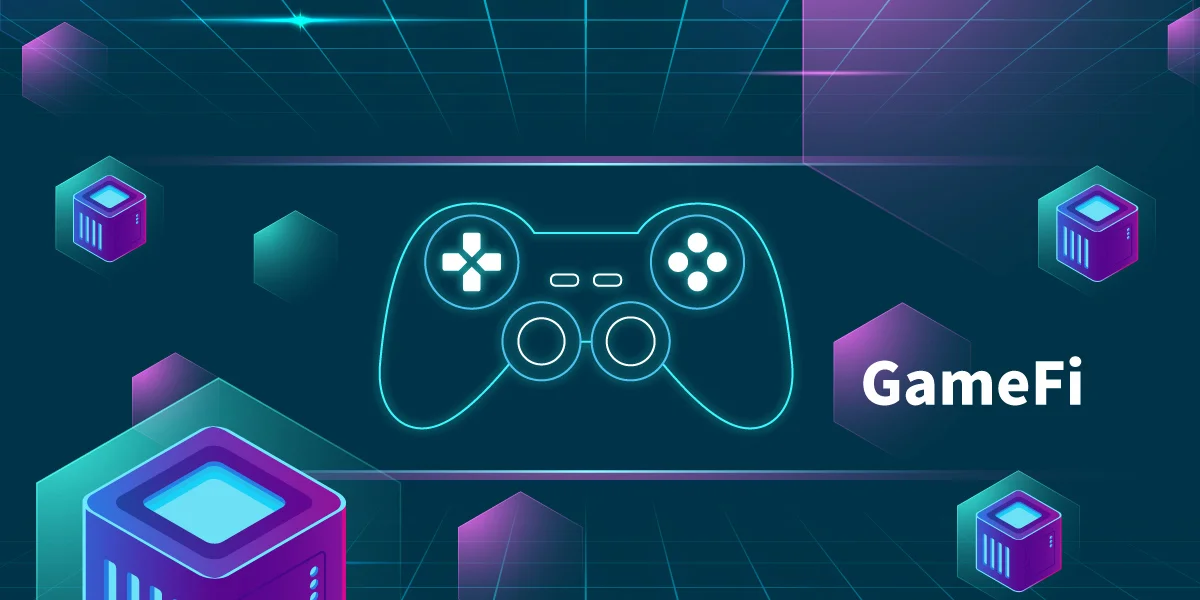
The gaming industry, in particular, has seen a massive movement toward crypto as play-to-earn decentralized applications, or “dApps,” a sector that more and more people will undoubtedly embrace as jobs become increasingly automated and remote work becomes more common. Here are tips for growing your GameFi community.
Crypto and NFTs are still relatively obscure concepts. Add to that gameplay narrative, rules, and tokenomics, and it’s easy to see why investors, mainstream audiences, and even traditional gamers are wary of this emerging sector. As a result, disseminating descriptive content that delineates the various layers of a GameFi project is critical for enticing target audiences, reaching crypto newcomers, and communicating an understandable narrative.
While a whitepaper is required for explaining and pitching any blockchain project to investors, they are typically lengthy documents containing highly technical and perplexing terminology. Litepapers serve as convenient teasers to whitepapers and GameFi projects and are more effective at capturing the digital age’s fleeting attention spans. They communicate key project pillars and components straightforwardly, providing potentially apprehensive investors with a less intimidating entry point into understanding a project.
Besides litepapers, developers can use Wiki pages to explain different aspects of the gaming protocol, such as world-building and tokenomics. Because GameFi dApps are DAO-driven, Wiki pages enable greater community engagement by allowing token holders to change and contribute to information output.
Similarly, blog posts allow developers to keep NFT communities, and crypto newcomers informed and up to date on the evolution of a project. To demonstrate support and promoting adoption, recurring updates should include instructions and comprehensive logistics on each game feature. Blog posts and Wiki pages are less formal than white- or litepapers and provide the opportunity to show brand personality, which is essential for enticing broader audiences and easing the protocol’s intimidating characteristics.
As applicable as litepapers, Wiki pages, and blogs are, dynamic visuals captivate the gaming community and the public far more than listicles or prose (no matter how eccentric your font may be). Any GameFi dApp’s visual presentation is naturally more conceivable and digestible, making social media a valuable asset for developers.
According to the Washington Post, in 2020, approximately 100 billion hours of gaming content were watched on YouTube. Google reported that walkthroughs and how-to videos were among its top content categories. For GameFi developers looking for exposure and growth opportunities, social media platforms like YouTube and Facebook are critical spaces for the mass distribution of walkthroughs, tutorials, and even captivating in-game moments. By emphasizing day-to-day gameplay, such casual content introduces new users to the game experience and assists traditional games in assimilation to the play-to-earn ecosystem.
Though influencer marketing is frequently considered a separate strategy, it is an essential piece of a giant content marketing puzzle. Rather than relying on traditional social media influencers, GameFi projects can find more targeted avenues through Livestream gamers and platforms that host their content, such as YouTube Gaming and Facebook Watch.
Twitch, gaming’s most popular streaming service, amassed over 5.79 billion hours of total watch time in the third quarter of 2021 alone, according to Statista. Platforms like Twitch and their streamers have helped to generate exposure and awareness for gaming brands. They are also effective at generating conversation and gauging impressions because of their active forums and high community engagement.
Livestream gamers can do the same for GameFi projects that traditional Instagram and TikTok influencers do by bringing their content to the most relevant demographics, familiarizing them with niche gameplay, and providing positive commentary.
There’s no denying the potential of the GameFi community and other dApps looking to capitalize on the crypto movement. Developers face a long road ahead in convincing the world of its inherent long-term value. If you need support for blockchain development solutions, contact SmartOSC.
Increased acceptance and knowledge sharing have aided the spontaneous growth of cryptocurrency over the last…
Blockchain can be intimidating to research, but attending cryptocurrency events is one of the best…
Blockchain has made inroads into all major industries and is also becoming a part of…
In recent years, blockchain lending solutions have grown in popularity as a way to earn…
The scalability trilemma is still one of the blockchain's most pressing issues. Here are some…
Many people are looking for ways to get involved in the crypto world as the…